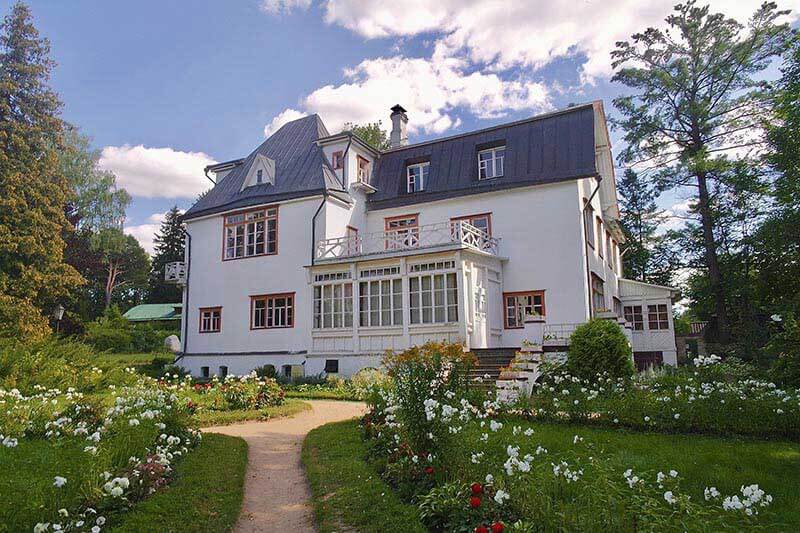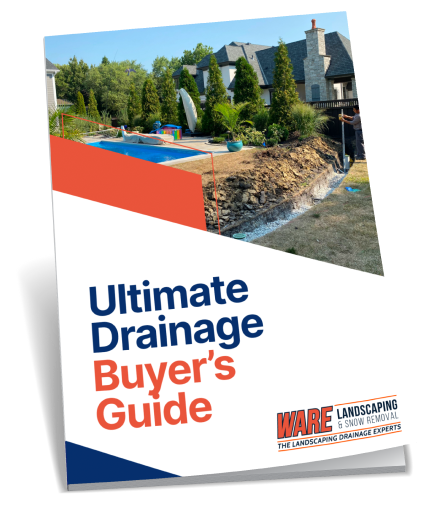Mastering Balance: Harmony in Landscape Design
Ancient oak trees, towering maples, and blue spruce trees…
We’ve all seen them, and we love their classic, timeless beauty. However, when used alone, they can leave your property looking a little lopsided. Every hardscaping feature, tree, or shrub contributes to the overall appearance of your yard and using them together well is key.
Balanced landscaping ensures that your garden is aesthetically pleasing and functional. To attain this you must understand the usual principles of landscaping. Achieving balance is essential with any design. Suppose you’re looking at an advertisement online, a wedding invitation, or a flier. Your eyes are naturally drawn to well-balanced formats. The same goes for landscape designs. Our eyes like designs that are well-spaced, clean and balanced. It should look effortless even though, in reality, it requires effort and planning. For more complex situations, these should be done with the help of the right landscaping contractor.
What is ‘Balance’ in a landscape?
Balance in a yard is harmonious and pleasing space for the eye while still being unique and exciting. A well-balanced garden makes you feel at ease. Gardens are often a therapeutic place of serenity. It should be a place you love to be. An unbalanced garden causes stress and uneasiness. It is incredible what a beautiful, well-balanced garden can do for your mental state. In some cases, it can even help your business, and commercial landscape designs are the right way to go for this.
There are some specific and easy ways to achieve balance in your yard. Here are seven easy tips to help with balance.
1. Use a Symmetrical Design
Keeping things symmetrical is the easiest way to keep your design balanced. This might entail two identical trees on either side of a walkway or rows of similar flowers lined up identically. It’s essentially doing the same thing on both sides. Symmetry creates visual appeal and makes your design look clean, intentional, and professional.
2. Try Asymmetrical Balance
Suppose you want your yard to look more natural instead of planned. In that case, you can use an asymmetrical design and still achieve balance. You can use repetition to create balance. A great example of asymmetrical balance is a Japanese Garden. They usually have stone pathways and randomly arranged plants, yet the repetition of flowers and shrubs brings a sense of balance. Planning for asymmetrical still needs to be intentional. The goal of an asymmetrical design is to look undisturbed, as if that’s the way it has always been.
3. Incorporate Color in Moderation
Our mind tends to associate specific colors with certain feelings. Adding colorful flowers around lamp posts, mailboxes or walkways can add a beautiful pop of color and help to create a balanced landscape and happy mood. Color draws attention, so make sure to maintain your garden, group coordinating colors together, and use color in moderation. Too much color can be overpowering. You can also incorporate color through hardscapes and furniture.
4. Start with Hard and Softscape Details
Not all landscaping relates to living elements in your yard, such as plants. A big part of your landscape is hardscaping as well. Hardscaping includes structures such as your driveway, walkways, water fountains, gazebos, fire pits, etc. Mixing softscaping and hardscaping elements can help create an effortless balance and cohesiveness. Raised planters are another great way to achieve balance and dimension.
5. Be Intentional with Plant Selection
Do some research to determine which plant types will thrive in your area and environment. Knowing your plant options will help you plan your design, including where to place plants. Remember to keep in mind which areas in your yard are exposed to the most sunlight and which areas have access to the most water. Your plants will thank you for choosing the right area of the yard for them to thrive. Put similar plants next to each other to balance your landscape and create an aesthetically-pleasing look.
6. Keep Plant Textures in Mind
Another critical thing to keep in mind when selecting plants is what texture they’ll be once they start growing. We recommend grouping plants with similar textures to get a nice balanced effect. Some plants may be pointy with sharper edges and won’t look very natural against lacy and laid-back plants, such as willow trees. There is a bundle to choose from so you might want to see some easy maintenance landscaping ideas.
7. Give the Lighting a Test Run
Just like paint colors, plants can look different during different times of the day due to lighting. You might consider testing your plants in different lighting before officially planting them. You can use potted plants for your test run to make it easier to move them around and see if you like their aesthetic at all times of the day.
Good luck with your landscaping project; we are so excited for you! Try out these tips to create balance in your yard. If you’d like help designing your own perfectly balanced garden, call a landscaping professional in Naperville to take on the heavy lifting.
Infographic
Achieving a balanced landscape design seems like an easy task, given that it looks effortless in online advertising and fliers. But in reality, it requires a lot of planning and effort. One needs to understand how each feature, both hard and soft scape, can affect the overall look of a garden. One step for improvement is to not let misconceptions about landscaping stand in your way. These seven tips can assist you in achieving a balanced landscape. Read on.
Video










